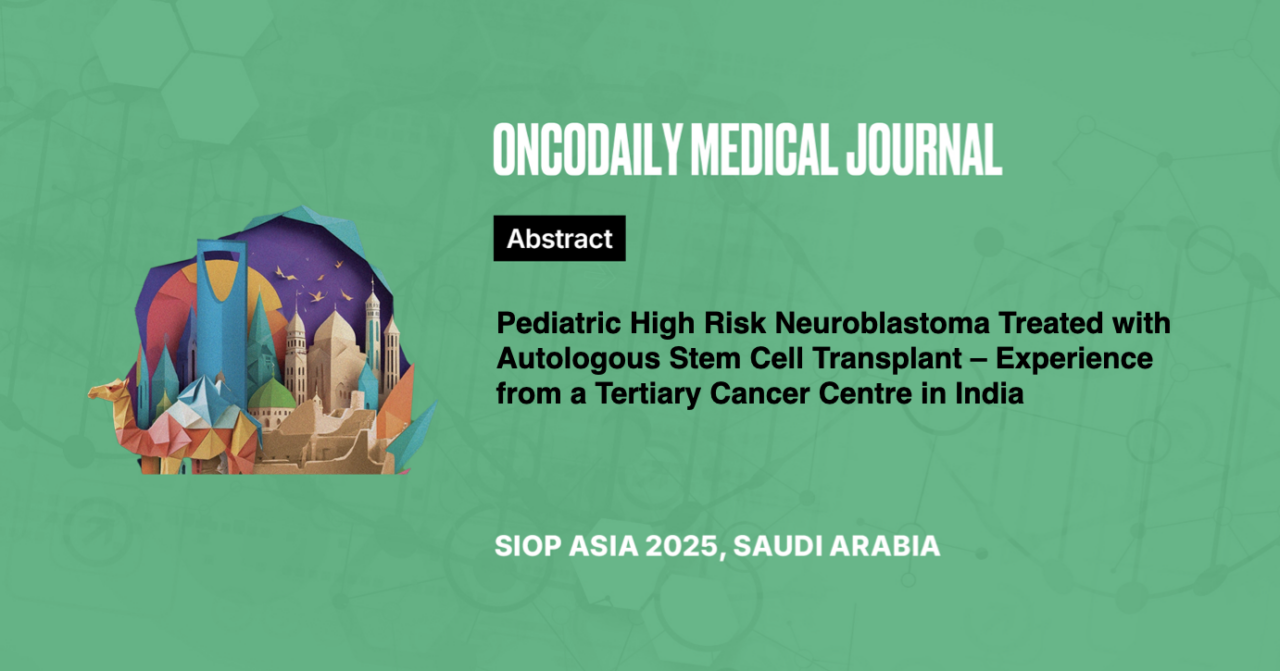Pediatric High Risk Neuroblastoma Treated with Autologous Stem Cell Transplant – Experience from a Tertiary Cancer Centre in India
Abstract
Introduction: The standard of care for high-risk neuroblastoma (NBL) includes multiagent induction chemotherapy, surgery followed by autologous stem cell transplant (ASCT), radiotherapy and immunotherapy. We report here the outcome of high risk NBL patients treated with ASCT from a tertiary cancer center of western India.
Methodology: This retrospective analysis was done for patients ≤18 years of age, diagnosed to have high risk NBL from January 2013 to January 2024. Demographic details, treatment information and outcomes were collected from medical records. All children received Rapid COJEC induction therapy and were evaluated for surgical resection post induction. All children underwent ASCT with Busulfan and Melphalan conditioning and received 13 cis-Retinoic acid for six months post SCT.
Results: Eighteen patients were registered with male:female ratio of 2:1. Median (IQR) age was 4 years (IQR 3-6 years). Commonest site was adrenal gland in 10 (55.55%) followed by retroperitoneum in seven (38.88%) and pancreas in one (5.55%). Thirteen (72.22%) and eight (44.44%) patients had bone marrow and bone metastases, respectively. Eight (44.44%) achieved complete remission(CR) post induction. Median duration of neutrophil engraftment post ASCT was 13 days (Range 11 – 18 days).
At a median follow-up of 17 months (IQR 11 – 32 months), 10 (55.55%) patients are alive in remission. Eight (44.44%) relapsed and all succumbed to disease. There was no treatment related to mortality. Two-year EFS and OS were 55.3% and 65.6% respectively. Two-year EFS of children who achieved CR post induction was 45.7% and who did not achieve CR was 48% (P=0.713).
Conclusion: Intensive multi-agent chemotherapy and ASCT are well tolerated and did not increase treatment related mortality in a resource limited setting. We could achieve a similar outcome to those reported from resource limited settings. Although more than half of patients did not achieve CR post induction, it did not affect EFS.





